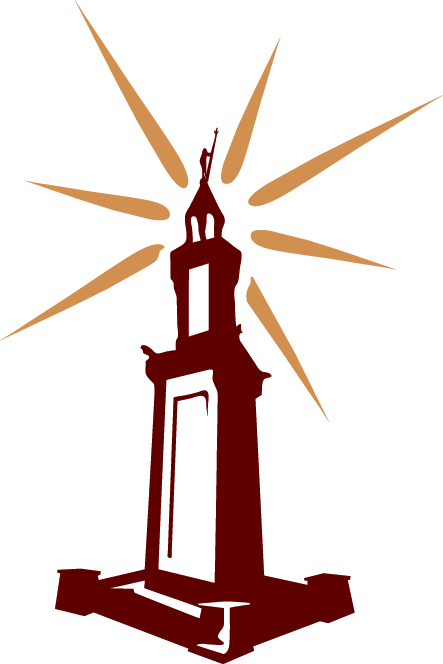Works Cited
Conclusion: Endgame “Simonides said that Hesiod is a gardener while Homer is a garland-weaver—the first planted the legends of the heroes and gods and then the second braided them together in the garland of the Iliad and the Odyssey.” Simonides [1] One of the issues shadowing this book throughout—and one with which we have sparred… Read more
